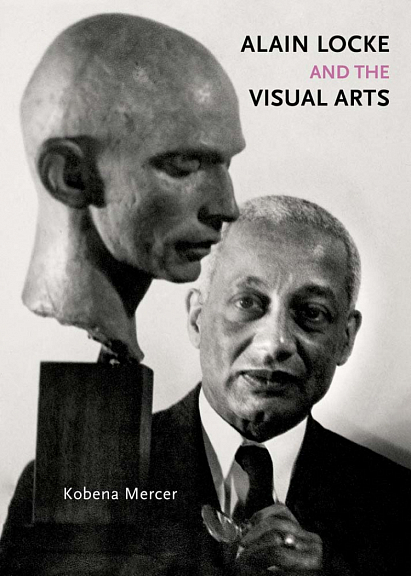-
Книги
- Нонфикшн
- Гуманитарные науки
- Деловая литература
- Естественные / Точные науки
- Книгоиздание
- Лайфстайл
- Словари / Энциклопедии
- Художественная литература
- Детектив
- Драматургия
- Классическая проза
- Мифология. Эпос
- Поэзия
- Собрания сочинений
- Современная художественная проза
- Фантастика. Фэнтези
- Биографии / Мемуары
- Графические романы / Комиксы
- Детские книги
- Воспитание. Педагогика
- Детский досуг
- О детских книгах
- Познавательная литература
- Художественная литература для детей
- Журналы / Зины
- Архитектурные
- Гуманитарные
- Журналы о моде
- Зарубежная периодика
- Искусство / Фотография
- Кино / Театр
- Лайфстайл
- Книги «Подписных изданий»
- Книги на иностранных языках
- Английский язык
- Испанский язык
- Итальянский язык
- Книги на иностранных языках для детей
- Немецкий язык
- Финский язык
- Французский язык
- Шведский язык
- Книги о кино
- Книги о музыке
- Книги о средневековье
- Книги о театре
- Книги о фотографии
- Книги об искусстве / Книги об архитектуре
- Альбомы по искусству
- Архитектура
- Декоративно-прикладное искусство
- Живопись
- Искусствоведение
- Орнаменты
- Прочее
- Танец
- Татуировка
- Творческое развитие
- Книги по философии
- Кулинарные книги
- Николай Солодников рекомендует
- Предзаказ
- Про дизайн / Про моду
- Путеводители / Книги о путешествиях
- Канцелярские товары
-
Подарки
- Брошки и значки
- Гирлянды
- Закладки
- Игры
- Календари
- Наклейки
- Наши сувениры
- Открытки
- Всякие-разные
- Наборы открыток
- Поздравления
- Про любовь и другие хорошие чувства
- С писателями и поэтами
- С цветами, овощами и фруктами
- С цитатами и другими фразами
- Подарочные сертификаты
- Постеры
- Прочее
- Сумки и шоперы
- Упаковка
- Подарочные сертификаты
Адрес магазина: Санкт-Петербург, Литейный пр., 57
Alain Locke and the Visual Arts
| Автор | Mercer K. |
|---|---|
| Издательство | Yale University Press |
| Год издания | 2022 |
| Переплет | Твёрдый |
| Страниц | 240 |
| Формат | 178x254 мм |
| Язык | Английский |
| ISBN | 978-0-30024726-8 |
| Артикул | 1172500 |
A fresh perspective on the influential critic, offering new ways of understanding the art of the Harlem Renaissance
"Mercer's sumptuously illustrated study . . . succeeds in positioning Locke as an important philosophical voice in the 'not yet finalized story of Afro-modern art and culture.'"-Douglas Field, Times Literary Supplement
Alain Locke (1885-1954), leading theorist of the Harlem Renaissance, maintained a lifelong commitment to the visual arts. Offering an in-depth study of Locke's writings and art world interventions, Kobena Mercer focuses on the importance of cross-cultural entanglement. This distinctive approach reveals Locke's vision of modern art as a dynamic space where images and ideas generate new forms under the fluid conditions of diaspora.
Positioning the philosopher as an advocate for an Afromodern aesthetic that drew from both formal experiments in Europe and the iconic legacy of the African past, Mercer shows how Aaron Douglas, Lois Mailou Jones, and other New Negro artists acknowledged the diaspora's rupture with the ancestral past as a prelude to the rebirth of identity. In his 1940 picture book, The Negro in Art, Locke also explored the different ways black and white artists approached the black image. Mercer's reading highlights the global mobility of black images as they travel across national and ethnic frontiers. Finally, Mercer examines how Locke's investment in art was shaped by gay male aestheticism. Black male nudes, including works by Richmond Barthe and Carl Van Vechten, thus reveal the significance of queer practices in modernism's cross-cultural genesis.
Published in association with the Hutchins Center for African & African American Research, Harvard University
Подписка на рассылку
Мы будем присылать вам обзоры книг, промокоды и всякие-разные новости


